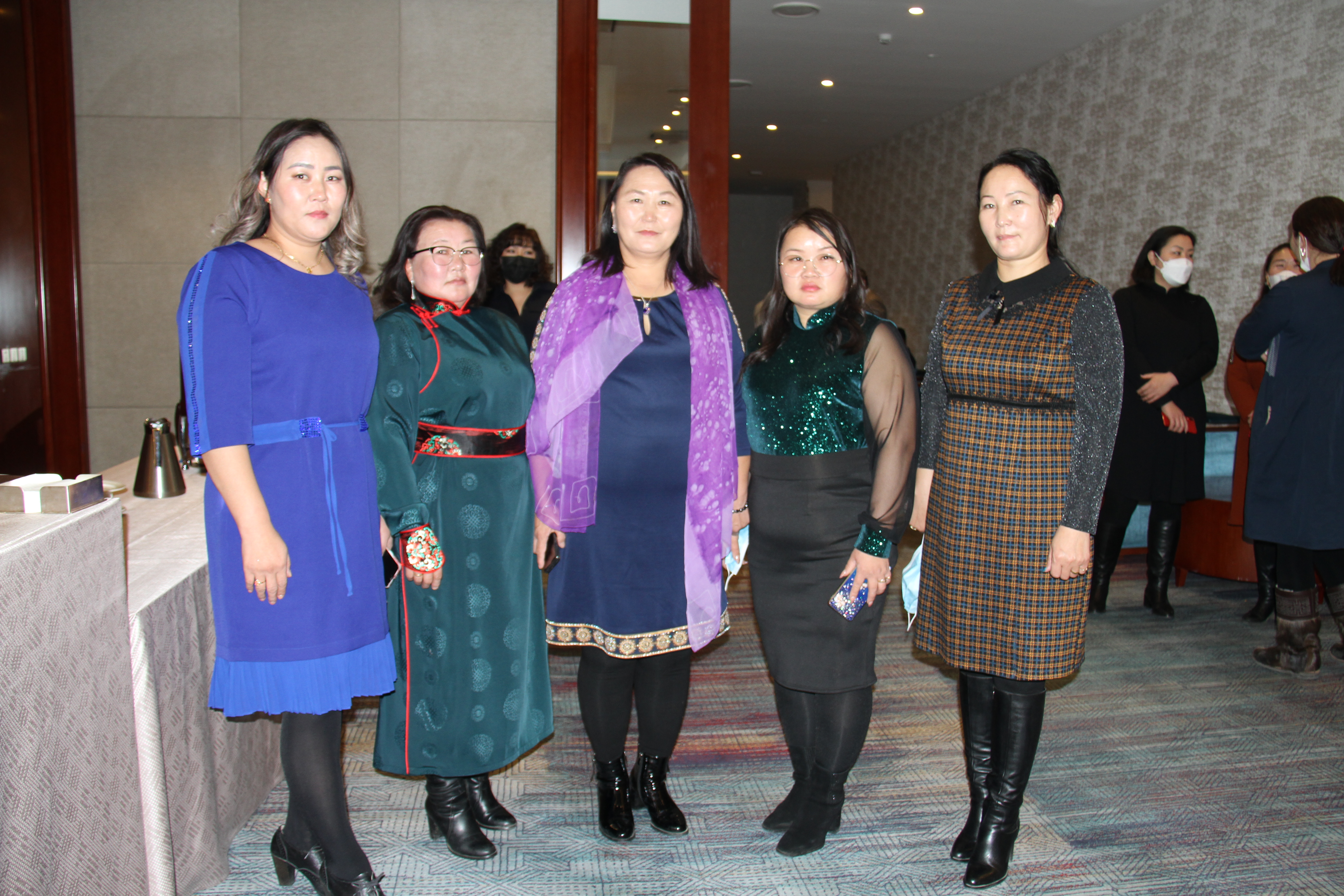Photo: Jargalsaikhan Purevdorj
Ch.Sarangerel, N.Myadagmaa and D.Erdenechimeg are three female herders residing in a local soum in the Mongolian Gobi. Sarangerel herds about 500 livestock, while Myadagmaa and Erdenechimeg manages around 600 livestock. Over the past four years, a fluorspar (calcium fluoride, CaF2) mining company has been operating on their pasture area.
Although, by the law, the company was required to present its draft Environmental Impact Assessment (EIA) at a the local bagh meeting when they obtained their license to operate four years ago, it was only last year that our protagonists learnt that its EIA had been approved by the Ministry of Environment and Tourism (MET) without any notification to the local community.
Mining has been carried out near the Khongor Ovoo, a local place of worship. Herders have protested against the mining operations several times, but to no avail. Despite many explanations and apologies from the management of the company, the dispute has still not been resolved. After repeated requests and demands to the local government and NGOs, the herder women found that the EIA was approved, but included submission of illegal and false documents. During this period, the mining company continued its activities, and even had other plans and reports approved as part of its environmental protection duties.
In July 2021, Sarangerel, Myadagmaa, and Erdenechimeg received information through social media about Participatory Environmental Monitoring (PEM) and informed the mining company about it. The company management responded that they had been also contacted by the Steps Without Border NGO, and agreed to join the training together and then implement PEM.
PEM is a joint monitoring of the environmental impact of subsoil exploration, mining, processing or enrichment, and its infrastructure projects; by local community, local administration, and project implementing parties.
The company and herders attended the PEM training together and made a list of issues that caused misunderstanding and disputes between the parties. For instance, the company obtained a mining license without presenting the EIA to the local community or consulting with them, and also conducted mining and mining blasts near the local sacred mountain hill mentioned above. Furthermore, citizens -- especially in affected areas – lacked key information about the mining site, as the scope of the agreement with the local administration was unknown. The mining operations also had a significant negative impact on pastureland and vegetation, resulting in decreasing water levels.
On the other hand, the company complained that they were being forced to buy meat and milk above market prices from local vendors. They deemed this to be unfair in consideration of the various monetary and non-monetary donations they extended to the local community as part of their corporate social responsibility.
The company also stressed that locals refused to listen to them during bagh meetings. Company representatives claimed that they were being accused of harming soil and water in the soum without clear evidence. To resolve the complex situation faced by local residents and the mining company, Steps Without Border (NGO) facilitated several consultations that were held to redefine the expectations of both parties related to the continuation of the mining site.
Both parties finally agreed on the objectives and scope of their cooperation in the socio-governance of the mining project. As a result of the facilitated meetings, a joint team was established for the purpose of monitoring the environmental impact of the mining site.
Local herder women actively participated in all stages of the above process. Their leadership and initative led to the company actively involving local residents -- including herder women -- in the renewal of their EIA. A short period later, a joint team of fifteen people, including the company's environmental specialist and geologist; environmental inspectors, land officers, bagh governors, and soum governors from the local administration side; as well as Sarangerel, Myadgmaa, and Erdenechimeg, their husbands, and two other herders plus three soum NGO representatives; conducted monitoring on the mining site in accordance with PEM guidelines.
The monitoring covered two PEM control points and one other point for comparison purposes at 30-day intervals, and discovered that t 40% of 16 local plants at the mining site were legumes or weeds, but 60% were fodder plants for livestock. Three other types of plants, with unknown types of species, were also found.
Following the PEM exercise, the joint team consulted on their findings and came to an agreed conclusion. In this final process, they sat together, side by side with the administration, companies, and NGOs, and expressed their opinions. Most importantly, they discussed how to resolve the challenges faced, and jointly ideated on a future action plan that was based on the findings of the PEM activity.
The positive outcome of this initiative was a great source of encouragement and confidence for the herder women as they gained more knowledge on relevant legislations and learnt about the importance of engaging in consultations based on information and facts.
As a result of the PEM in March 2021, the company decided to renew the EIA with the participation of the PEM team in 2022, and also to rehabilitate the remaining pits around the Khongor Ovoo, worshiped by herders in collaboration with Nard bagh residents and the PEM team.
The Herder women in this story are eager to participate in PEM next year, and they also encourage other mining companies and herders to follow their lead so as to address and prevent potential impacts of mining on local environments.
Interviewed by Bayarsaikhan Namsrai, Steps Without Border NGO
SEPA Environmental Governance Programme

 Locations
Locations




